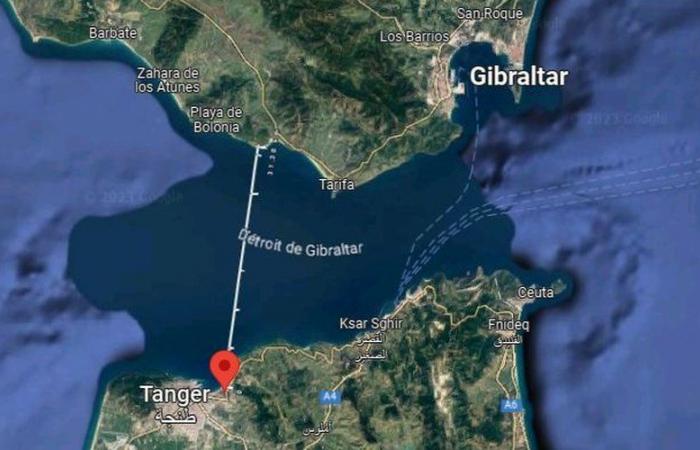The mega underwater tunnel project between Spain and Morocco launched in 1989, is taking shape in the run-up to the 2030 Football World Cup. This maritime link project aims to connect railway lines and facilitate traffic people and goods between the two continents. The Spanish government this week approved a significant investment of up to 500,000 euros in seismic safety.
The Spanish Society for Studies for Fixed Communication (Secegsa), the Spanish Transport company in charge of the tunnel, formalized on November 6 a contract to measure the risk of an earthquake for the first time in ten years. This is a rental contract with option to purchase four seabed seismometers. The entity supervised by the Spanish Ministry of Transport has approved an investment of almost 500,000 euros in seismometers that will be used in the area of the strait, through which the future link between Europe and Africa should pass.
Indeed, according to company supervisors, these seismometers can be positioned up to 6,000 meters deep and can operate over a period of 6 months to 2 years. This equipment is provided by the Madrid company TEKPAM Ingenieria, and will be positioned in the Strait of Gibraltar where the tunnel is supposed to pass.
Read also: Morocco Spain: Seismic study for the railway tunnel
During the first semester of use, the Real Instituto and Observatorio de la Armada (Royal Institute and Marine Observatory) will ensure the condition of the devices before making their final purchase by the same company. The operation will be carried out as part of a six-month campaign entitled “Capitán de Navío Manuel Catalán Morollón”
This study is the second to date, after that carried out in 2014 by Professor Elisa Buforn of the Complutense University of Madrid. The geophysics professor detected the risk of an earthquake greater than 4, at a depth of more than 40 kilometers in the strait. It recommends systematically studying high-intensity earthquakes and undertaking a detailed investigation into the depth of earthquakes.
Moreover, the execution of this project follows the signing of a memorandum of understanding between Secegsa and the United States Geological Survey (USGS), an agency of the American Department of the Interior, on November 3, 2023. To prepare the preliminary projects for the 2026 works, the Spanish government has commissioned the public engineering company Ineco for this mission.
The Spanish government has allocated around 2.8 million euros to Secegsa over the past two years, with an additional 1 million euros from EU funds until June 2026.
In addition, the Spanish-Moroccan Joint Commission held its first meeting in early 2023, the first meeting of the project since October 2009. It took place shortly before the decision to organize the 2030 World Cup in these countries was formalized. Many meetings have been held since 1979 and tens of millions have been invested, but no implementation plan has been formulated.






